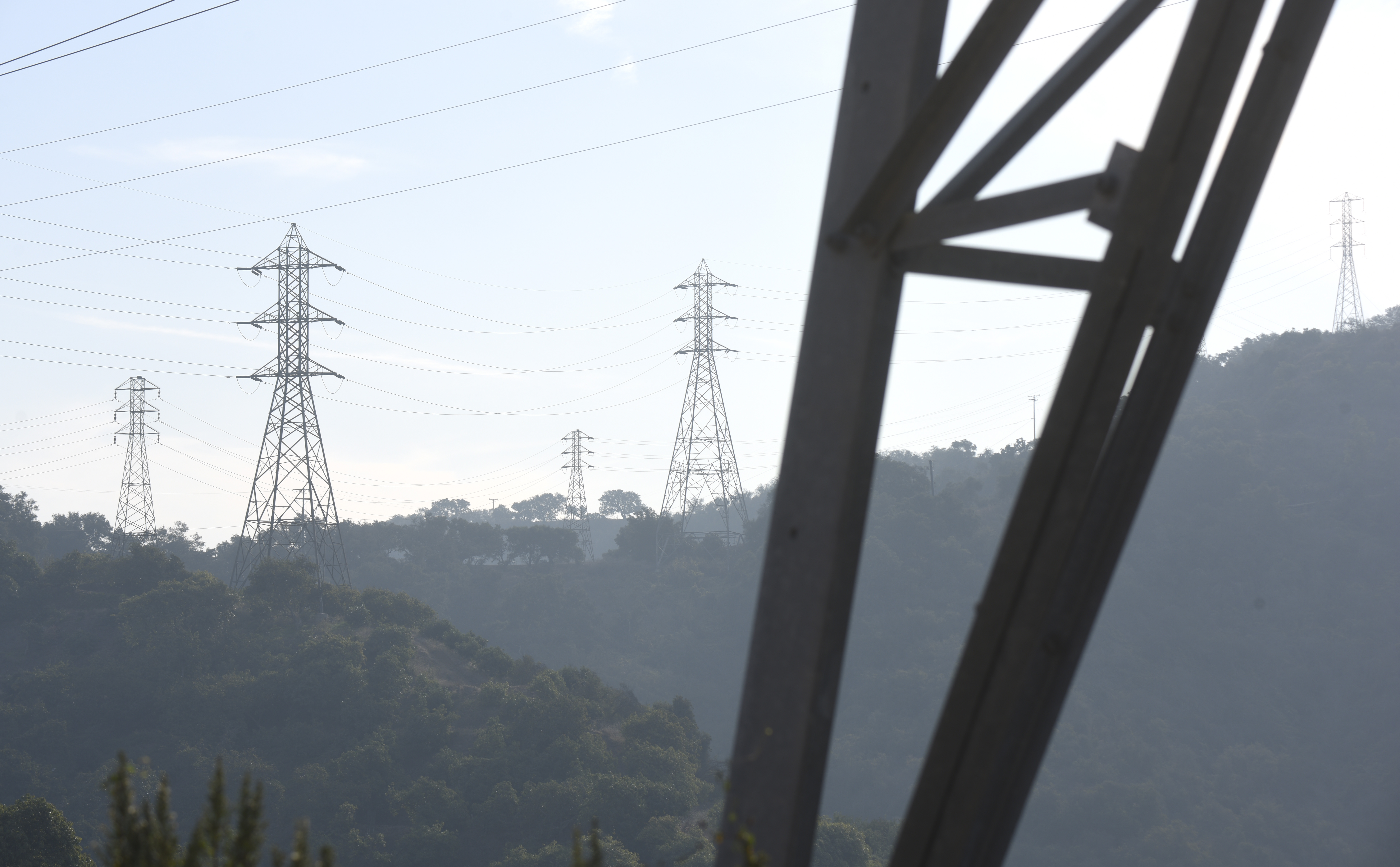Fire Weather Power Shutoff Is ‘Imminent,’ Officials Say
Santa Barbara Residents Advised to Prepare for Multiple Days Without Electricity

A preemptive power shutoff during extreme fire weather is “imminent,” PG&E and Southern California Edison representatives warned the county supervisors at their August 27 meeting. Santa Barbara residents ought to prepare themselves and their homes for outages that could last as long as a week, the reps said, and they should immediately update their contact information with the utilities to receive timely warnings and shutoff updates.
A PSPS, or Public Safety Power Shutoff, could be triggered by any combination of elevated fire hazards, Edison spokesperson Rondi Guthrie explained, including a red flag warning issued by the National Weather Service, humidity levels at or below 20 percent, sustained winds forecast above 25 mph, gusts forecast above 45 mph, data from computer modeling, and field observations. Outage warnings could come 24-48 hours in advance or right before a shutoff, depending on the weather conditions, she said. More information can be found at sce.com/wildfire and pge.com/wildfiresafety.
In the meantime, Guthrie went on, Edison continues to harden its equipment against fire across its 50,000 square miles of “high-risk” coverage area. They’re either insulating or undergrounding overhead lines, though Guthrie noted it costs the utility around $3 million to bury a mile of line compared to $430,000 to cover it. The extra cost is passed along to the customer, she said.
Last March, Ventura fire investigators determined that live Edison power lines slapping together in high winds ignited the 2017 Thomas Fire. The utility faces more than $1.3 billion in insurance claims filed by Thomas Fire victims and may also be on the hook for another $400 million in claims filed by 1/9 Debris Flow victims. PG&E is facing its own set of lawsuits that claim its lines sparked multiple deadly wildfires in Northern California.
Leaders of the county’s Office of Emergency Management (OEM) told the supervisors last week that they’ve been monitoring shutoffs in other jurisdictions to gauge their impact on residents. During one recent PG&E outage up north, a 24-hour de-energization affected over 22,000 customers and more than 1,500 Medical Baseline customers, those who require backup generators to power medical equipment. In January, Edison warned 74,000 City of Orange residents that the power would go out but ultimately only blacked out 34 customers, most of them commercial.
OEM Director Kelly Hubbard assured the board her office was working closely with the utilities to fine-tune outage protocols and minimize their impact to the region, but she emphasized the PSPS concept is new to Santa Barbara and “many agencies are learning as they go.” She described a number of potential challenges, warning that the Red Cross wouldn’t set up an emergency medical shelter, or “cooling shelter,” unless the PSPS is tied to a larger emergency. Cellular and internet service could also be disrupted and affect the public’s ability to receive fire alerts, she added. “We’ve met with some of the communications companies, and they have some fairly good confidence in their systems,” Hubbard said. “Some of our concerns are on the public side. Do they have the capability to receive those alerts? Are their cell phones dying? Do they have power to their landlines? Those types of things.”
And then there are the financial implications, where many unanswered questions remain, Hubbard said. A PSPS may not merit an emergency declaration, but it would still require mustering county personnel and resources. Also, unlike oil spills, in which oil companies are deemed the “responsible party” and financially on the hook for response and recovery, PSPS mitigations and damages are not being funded by electrical companies.
For Santa Barbara–specific information on how a PSPS works and how to prepare for one, visit ReadySBC.org.



